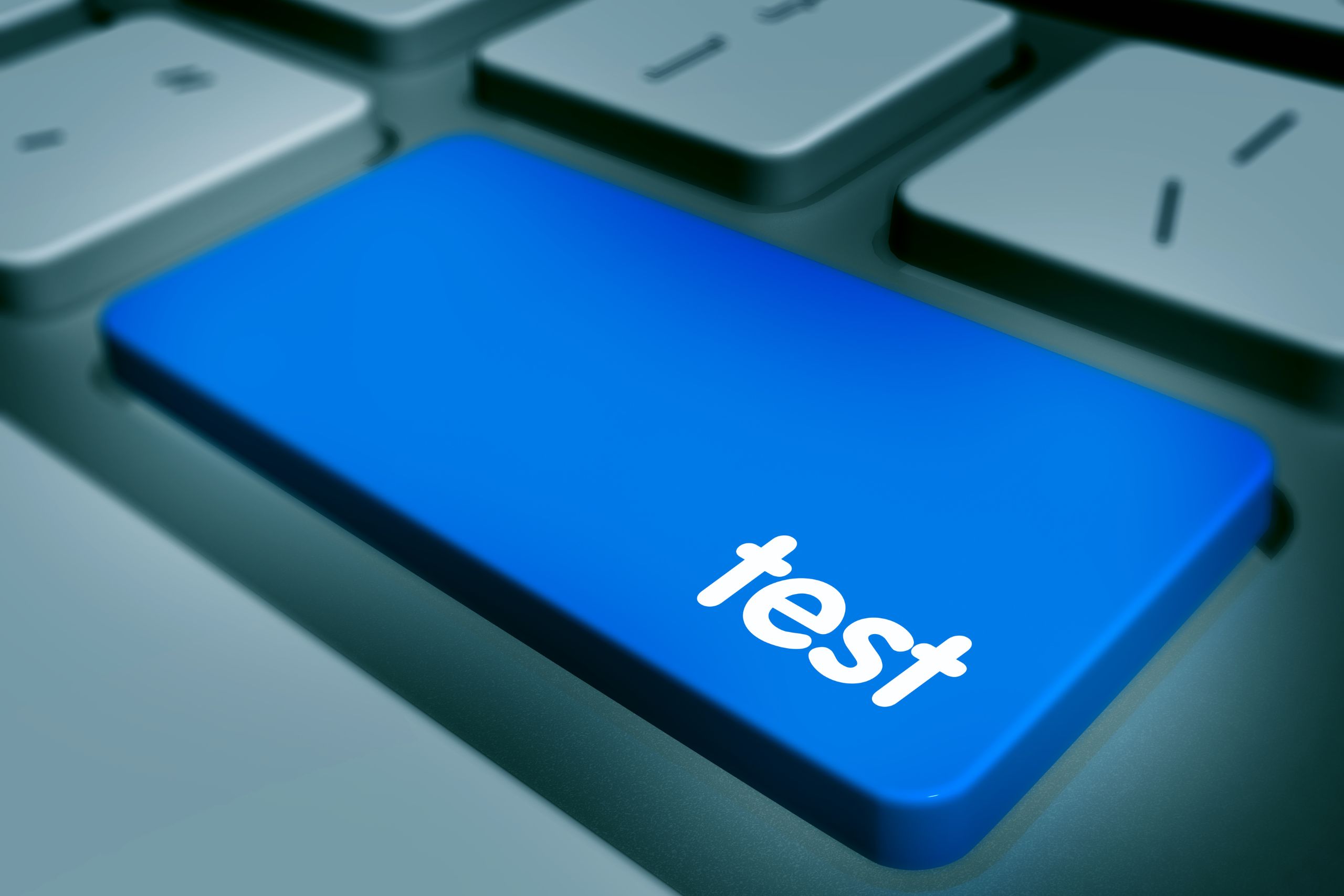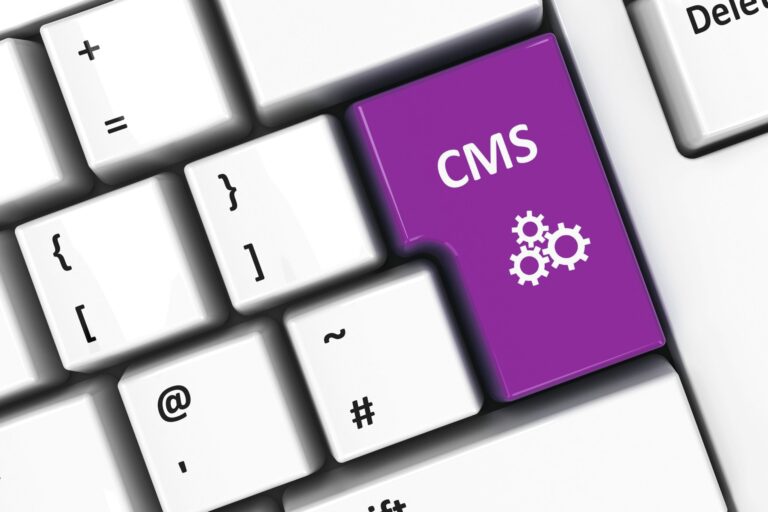Load Testing Your WordPress Site: Tools and Practices to Ensure Stability
One of the key factors for the success of any website is stability and loading speed. It's important to know how much traffic your WordPress site can handle without loading pages or crashing. In this article, we'll look at what load testing is, what tools you can use, and what best practices are for ensuring your site's stability.
1. What is load testing?
Load testing is the process of simulating high traffic to your website to determine how well it handles it. The goal is to determine the maximum ability of the site to serve visitors, as well as to identify its weak points and take measures to improve stability and performance.
2. Load testing tools
There are many tools you can use to load test your WordPress site. Some of the most popular are:
- LoadImpact (k6)
- Apache JMeter
- Gatling
- LoadNinja
- Locust
These tools allow you to simulate different types of traffic, such as sequential and parallel requests, different browsers and devices, and different geographic regions.
3. Best Practices for Load Testing WordPress Sites
a. Plan the tests in advance
Above all, make sure you plan the tests well in advance. Include different traffic scenarios in them to get a clear idea of how your site performs under different conditions. This includes simulating high and low traffic, traffic with variable intensity, and traffic from different sources.
b. Use realistic scenarios
To get relevant and useful results, it is important to use realistic load test scenarios. This means simulating the actions of real users, such as browsing different pages, searching for information, filling out forms and buying products.
c. Server resource monitoring
During testing, keep a close eye on server resources such as CPU, memory, disk space, and network activity. This will help you identify bottlenecks and determine opportunities for optimization.
d. Analyze and interpret the results
After completing the tests, analyze the results and compare them with your expectations. This helps you understand what changes you need to make to improve the stability and performance of your WordPress site.
e. Optimize and test again
Be sure to retest after making changes to server configuration, plugins, or site design. Load testing should be an ongoing process that helps you maintain high quality and stability of your website.
Load testing is a vital step for any WordPress site, especially if you expect high traffic or are in the process of expanding your business. Use appropriate tools and follow the best practices we mentioned in this article to ensure stability and loading speed of your WordPress site. This will improve the user experience, reduce the likelihood of problems and help you avoid losing visitors and customers.







